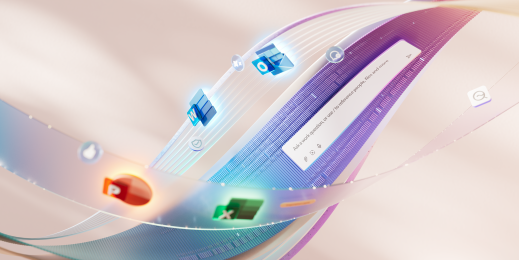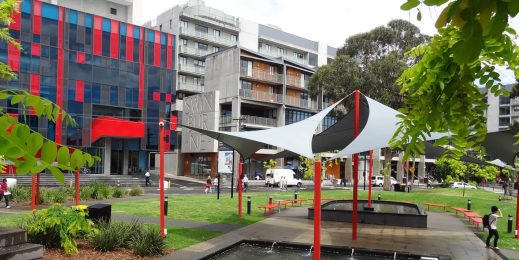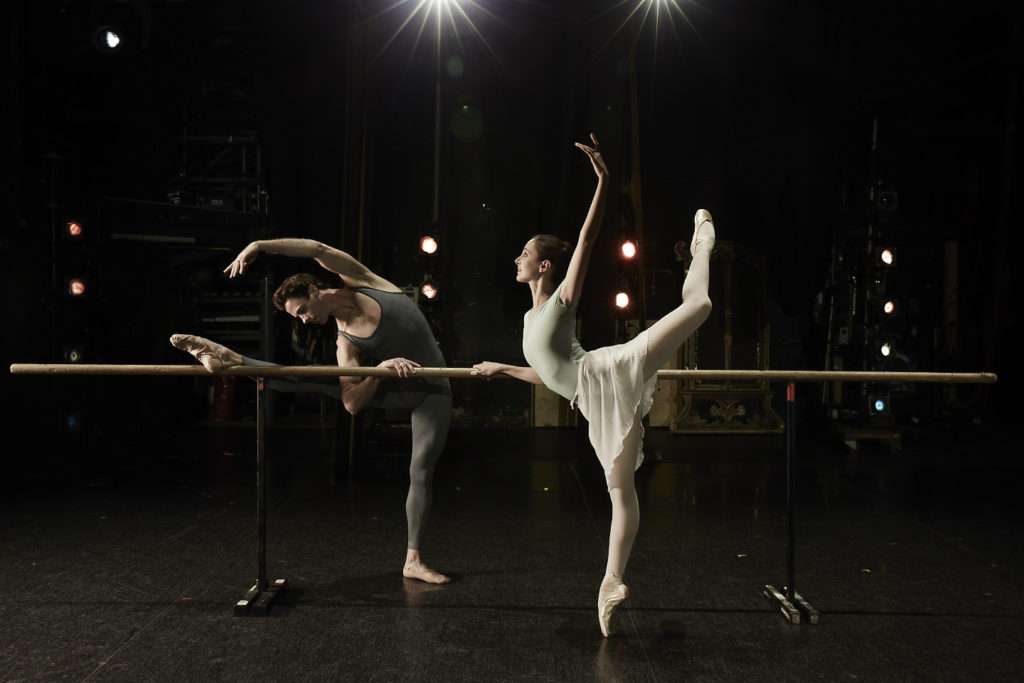
The Australian Ballet performs rehearsal pirouette, choreographs its Pas de Teams
Microsoft CEO Satya Nadella recently enjoyed the opportunity to experience The Australian Ballet’s new reality where instead of face to face sessions, dancers have taken daily classes and stayed connected with Microsoft Teams.
The pianist, Ballet Coach and dancers have been able to connect safely– holding a morning class over Teams each day.
During a virtual visit to Australia, Nadella was able to sit in on a class, learn how Teams was keeping the Corps connected and pirouetting through their porches and kitchens.
The Australian Ballet’s Artistic Director David McAllister AM explained to Nadella that; “Because ballet is an artform that is always evolving, and with the challenges of a global pandemic, that has taken on a whole new meaning.
“With our dancers and team in their homes, our company has had to rapidly adapt and dive into the digital world, transitioning into a virtual and remote way of working.
“Microsoft Teams has really helped us all to stay connected as a community and most importantly, enabled us to do what we love – dancing.”
Fiona Tonkin OAM, Artistic Associate and Principal Coach at The Australian Ballet says,
“It has been vital to have the capability to teach, coach and connect with the dancers remotely; firstly in terms of conditioning – we have been able to work with each dancer on maintaining a base level of technique that they need as professional dancers. Having this baseline will assist the dancers when they do return to the studio and stage.
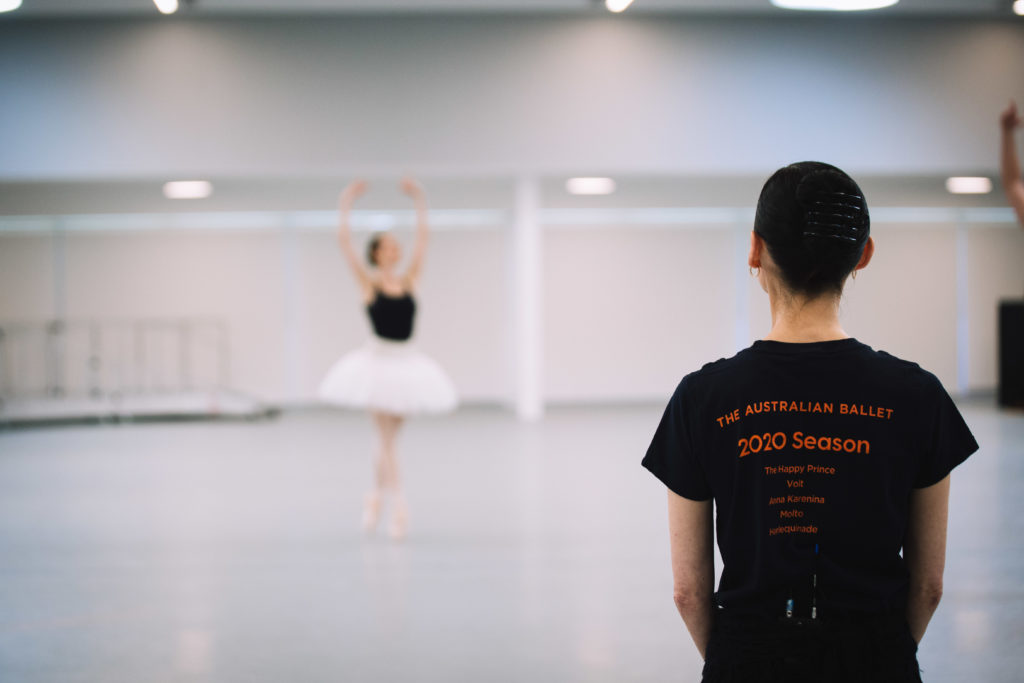
Additionally, the mental wellbeing of our dancers is of critical importance. This time during Covid-19 has been a unique experience for us all. Even though we have been working remotely, there has been a very conscious effort to connect with the dancers and for the dancers to feel connected with each other. Although a challenging environment, Teams has allowed the dancers to retain some sense of comradeship and shared energy.”
For David Cooper, Head of IT at The Australian Ballet, it’s a demonstration of how important technology is to every enterprise, and particularly during challenging times.
He and his four-strong IT team provide the information systems needed by up to 350 users. While the delivery of online classes is a relatively novel addition, the Ballet has systems in place to manage its operations, support ticketing, as well as run an ERP, CRM and data warehouse.
The Ballet uses Office 365 extensively, a SharePoint instance called Peggy (named for Dame Peggy van Praagh the Ballet’s founding Artistic Director), Stream and Planner just to name a few. They try to leverage everything in the Office365 portfolio. It has around 60 virtual servers and backup and DR handled in Azure. According to Cooper; “Our model is to look at technology to help drive business outcomes. Gone are the days where the technology team is just a service provider in which you provide, and support, servers and infrastructure.”
That business focus ensured that when COVID-19 struck Cooper and his team was able to pivot the services toward supporting dancers who were no longer able to attend physical classes, but nevertheless needed to ensure they were engaged, connected to one another and performance-ready.
Cooper says that after an all-dancer meeting where he explained how Teams would be used, the company of around 80 dancers downloaded Teams, installed it on their devices and logged in. “The dancers really picked it up in about 15 minutes, which was amazing. They started chatting to each other in this meeting using Teams. It was just a phenomenal way for the dancers to feel that we’re looking after their interests, and technology can help them stay connected.”
According to dancer Amanda McGuigan;
“It’s been amazing, Microsoft Teams has enabled 77 of us to keep up routine, virtual classes, and health conditioning. To be able to keep dancing, and connecting with colleagues has really lifted spirits for everyone.”
From Cooper this required a slightly accelerated roll out of Microsoft Teams to support communications and collaboration across the company, and to ensure dancers, ballet coaches, as well as administrative personnel understood the full capacity of Teams. Everyone who would be working from home first participated in Teams training.
“We were expecting 30-40 per cent of people would come to training when we originally planned the project. We had 100 per cent. We don’t use mobile phones anymore. We Teams-call people. We chat. They can look up and down the conversations to remember what they were looking at. They’ve just found it such a great way to keep collaboration and keep connected to each other,” says Cooper.
The Australian Ballet Dancers Training From Home
Taking the dance online
It’s not the same as being in a rehearsal studio – there will be no grand jetés in the garage – but the dancers, pianists, ballet coaches have figured out how to work together online. Everyone is using different devices to connect – smartphones, tablets and laptops – and everyone has different connectivity from home. But Teams is meeting an important work and social role, says Cooper.
Dancers use Teams chat to stay in touch with one another – and have run a Teams cook along with one another.
Cooper’s team meanwhile has been working to enhance the experience; “This week, we’ve rigged up professional lapel mikes for the ballet coaches. We’ve invested in higher quality cameras now.” And, because each class is recorded in Teams, if a dancer’s internet connection falls over – or the cat becomes a complete pest – they can simply replay it later.
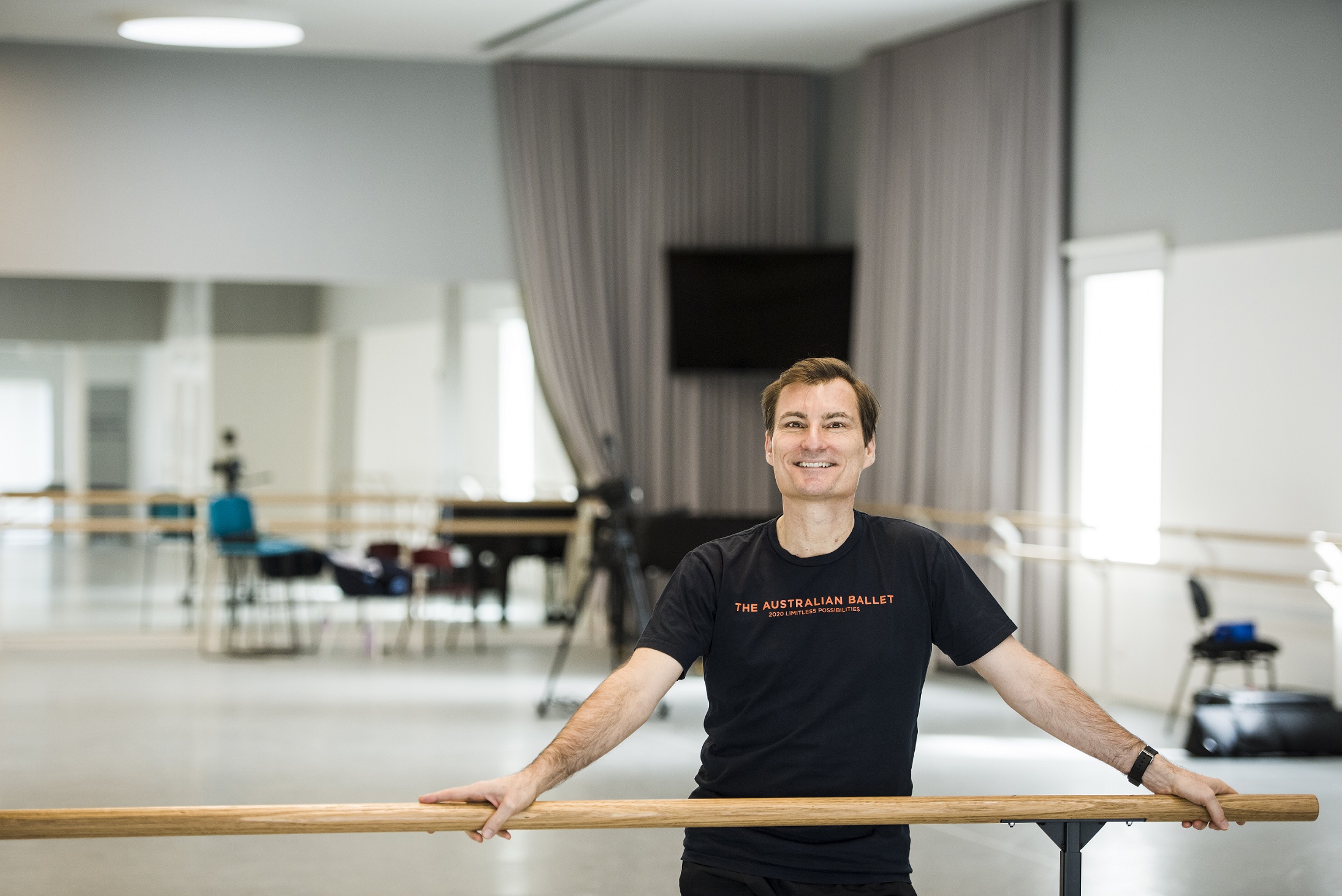
David McAllister AM has been an enthusiastic adopter of Teams to connect with the company. “We have been amazed how technology and ballet have worked together so seamlessly to enable our dancers could keep dancing throughout the pandemic. It’s been wonderful, we have actually been able to emulate the daily structure, albeit digitally, that our dancers are accustomed to with morning barre class at 10.30am every morning, followed by virtual coaching sessions and video chats with our Artistic Health team for conditioning, injury prevention and rehabilitation.
Optimism is a powerful force. Our culture and ballet family gives us strength and we will return to the stage with a renewed vigour and as strong as ever. And we’re excited to keep exploring how technology can help us reimagine the way we work and connect with our audiences. I feel like there are constant possibilities, and I find that intoxicating … it’s the thing that I love about this job, he adds.
By staying this connected with the dancers throughout this time, our return to the stage will be with renewed vigour and there will be elements of this that will be integrated into the new normal of how The Australian Ballet operates says McAllister.
The Ballet is also running remote education via Microsoft Teams. The Ballet’s education and outreach program offers workshops for pre-school, primary and secondary students, creative residencies and performances for schools and delivers professional development for teachers and community leaders across Australia.
According to Cooper; “Microsoft Teams has been so flexible in allowing us to continue great initiatives like this, and we are using a Surface Hub as the technology that we broadcast this from.”
To maintain the connection with audiences and patrons the Ballet has its Digital Season running online, and Cooper predicts that the changes forced by COVID-19 restrictions will encourage the company to view technology through a fresh lens in the future.
“If I look at performing arts globally, there are companies starting to dabble in virtual reality and virtual stages. I definitely do see a strong drive in technology into the future.”
“People are starting to think about how technology can help performing arts in this type of scenario. Touch wood, I hope it will be the last time something like COVID-19 occurs, but I think people will look at different ways of adopting technology and delivering content to customers and their patrons. One day I would love to be able to walk into a virtual theatre and see a performance of a ballet. I think we’ll start seeing a lot more experimentation in that world.”










